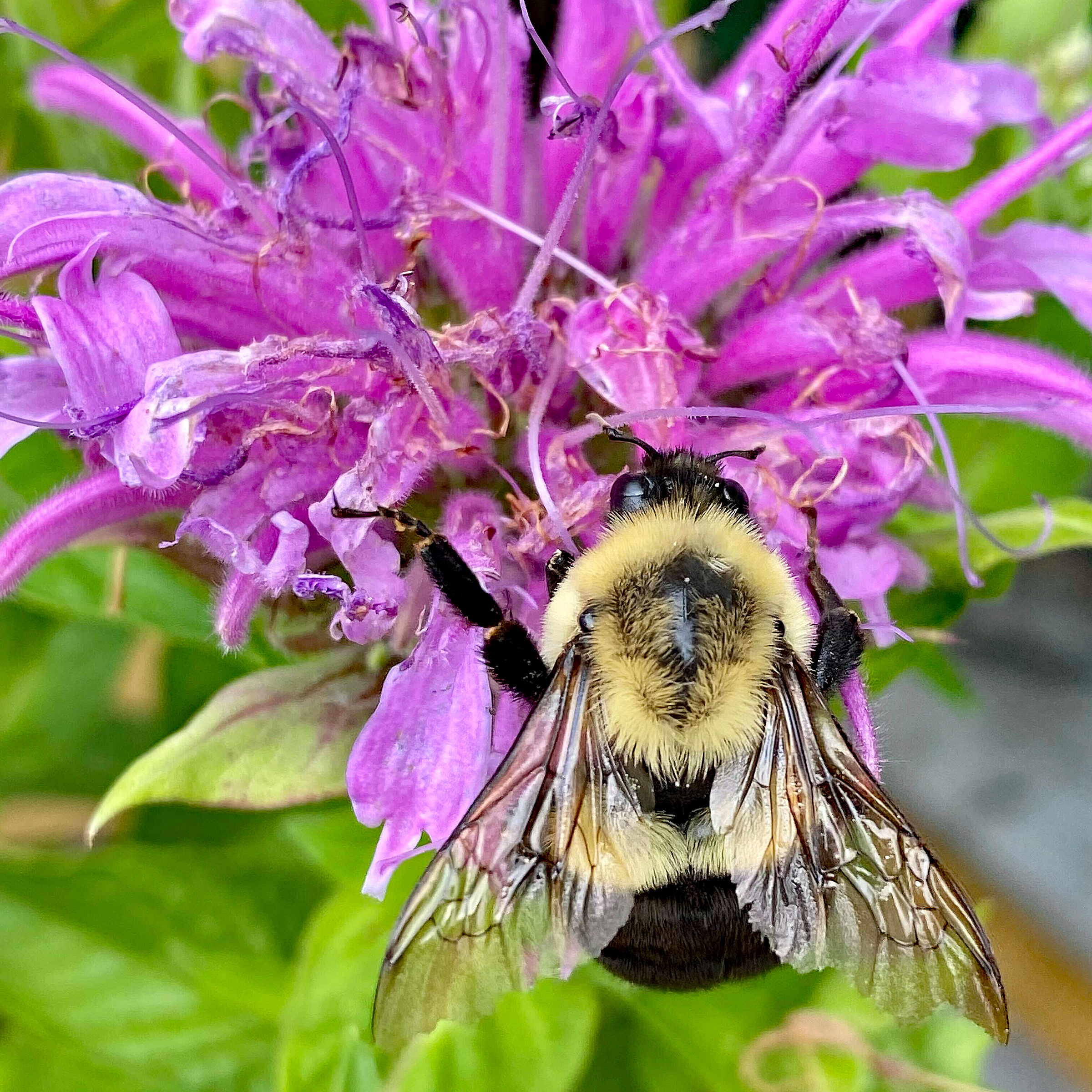Creating a Buzz: How to Cultivate a Bee-Friendly Garden

Alexandria, VA – Recently, there has been a growing awareness of the decline in pollinator populations, particularly bees. As essential contributors to our ecosystem, bees are crucial in pollinating crops and wild plants. However, the loss of bee colonies significantly threatens our food supply and natural habitats. The good news is that we can all support these vital insects by creating bee-friendly gardens right in our backyards. Here are some practical tips and suggestions for expanding your garden space to accommodate bees and other essential pollinators:
Choose Bee-Friendly Plants: The first step in establishing a bee-friendly garden is to choose the right plants. When planning your garden, consider including various trees, shrubs, perennials, and annual flowers to attract a diverse range of pollinators. Aim for diverse flowers that appeal to bees, including native wildflowers, herbs, and flowering fruits and vegetables.
To accommodate the immense diversity of pollinators — we have 19 species of native bumblebees alone! — you can plant a variety of flower shapes and colors. It’s better to plant in clumps so bees can easily find the plant they need. The key is cultivating different plants that bloom through each part of the season so pollinators always have nectar and pollen to eat.
Bees are attracted to flowers with blue, yellow, and purple hues, so incorporate these colors into your garden palette, and your garden will attract them.

Plant for Continuous Bloom: Select plants with varying bloom times to ensure a continuous source of nectar and pollen throughout the growing season. Herbs that flower, native wildflowers, berries, and flowering fruits and vegetables are all excellent choices for attracting bees to your garden.
Plant Native Species: Native plants benefit pollinators and the environment! Be sure to incorporate native plants into your garden landscape, as they are well adapted to the local climate and provide valuable resources for native pollinators. Native plants also support diverse wildlife and help create resilient ecosystems.
Create Habitat Diversity: Include a variety of flowering plants, shrubs, and trees in your garden to attract a diverse range of pollinators. Planting in clusters or groupings can make it easier for bees to forage and navigate within your garden space.
Provide Water Sources: But it’s not just about the types of flowers you plant – providing essential resources like water and shelter is equally important to creating a pollinator garden. Bees need access to fresh water for drinking and cooling, especially during hot and dry periods, so setting up a shallow dish with floating objects like corks or rocks will provide them with a safe drinking spot.

Create Nesting Sites: Creating a “bee house” in your yard, similar to a birdhouse but with small tunnels drilled throughout, offers solitary bee species a place to nest and lay their young. These structures mimic natural nesting sites and can help support local bee populations. Install bee houses or nesting boxes in your garden or around the perimeter so they’re close to their food source.
Avoid Pesticides: Maintaining a pesticide-free environment is crucial for the health of pollinators. Minimize the use of pesticides in your garden, as these chemicals can harm bees and other beneficial insects. It’s best to use these products sparingly, practice integrated pest management techniques, and opt for natural alternatives whenever possible. Additionally, keeping a portion of your yard “wild” provides pollinators with undisturbed nesting sites and foraging areas.
Involve Kids: Teaching children about pollinators’ importance and engaging them in gardening activities can foster a deeper appreciation for nature and conservation. Encourage kids to plant pollinator-friendly flowers in their garden plots or containers and allow them to observe bees and butterflies in action. Creating habitats for pollinators supports their populations and adds beauty and vibrancy to your outdoor space.

Creating a bee-friendly garden is a rewarding endeavor and a crucial step in supporting pollinators and preserving biodiversity. By following these simple steps and committing to support pollinators in your garden, you can positively impact the health of our environment and ensure a thriving ecosystem for generations to come. So, roll up your sleeves, grab your gardening tools, and join the effort to create bee-friendly gardens that buzz with life and vitality.
ICYMI: Spring’s Northern ALX Native Plant Sale Offers Plants That Thrive in NoVA




